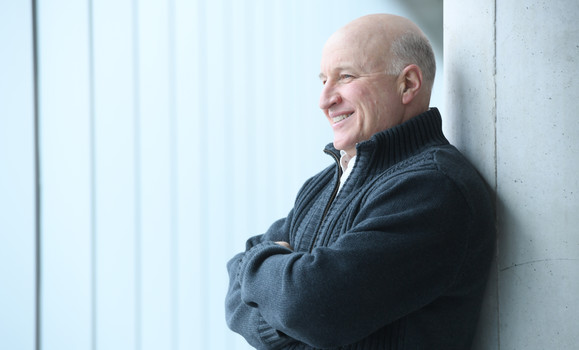Highlights
Increasing the lifetime and decreasing the cost of lithium-ion batteries
For close to 40 years, Dr. Jeff Dahn has been at the forefront of research and innovation in battery technology. Now, collaborating with Tesla as an industrial research chair, his lab is helping improve lithium-ion cells for electric vehicles and energy storage.

Fueling our future
Arguably one of the greatest issues facing our planet and species is finding sustainable and storable sources of renewable energy. It’s the only way we can limit the impacts of global climate change and power a growing population. Mita Dasog, an assistant professor in the Department of Chemistry, researches and develops cheaper, safer and more efficient materials and technologies for harvesting and storing solar energy.
Feeding the planet
By 2050, the population is expected to reach 9.7 billion people. That’s 2.3 billion more people to feed. Innovative approaches like a partnership between Dal’s Faculty of Agriculture and Ethiopia are helping to address the issue now. As part of the Agricultural Transformation through Stronger Vocational Education project, Dal experts, like fourth-year bioveterinary science student Maddie Empey, are helping to change agriculture education in Ethiopia. With approximately 80-85 per cent of the population employed in the sector, enhancing the current agriculture education model will improve production, strengthen communities and support a stronger economy that benefits everyone.
Finding cures
When it comes to DNA, surprisingly zebrafish and humans aren’t all that different. Ultimately the likeness means there’s huge potential in zebrafish models to identify the genes that underlie human diseases. And it’s at Dal’s Zebrafish Core Facility that researchers like Jason Berman in the Faculty of Medicine evaluate genetic modifications and therapeutic responses to transplanted human cells in zebrafish in real time. The research is providing insights into diseases like breast cancer, cardiac development, neurological disease, memory and other phenomena.
